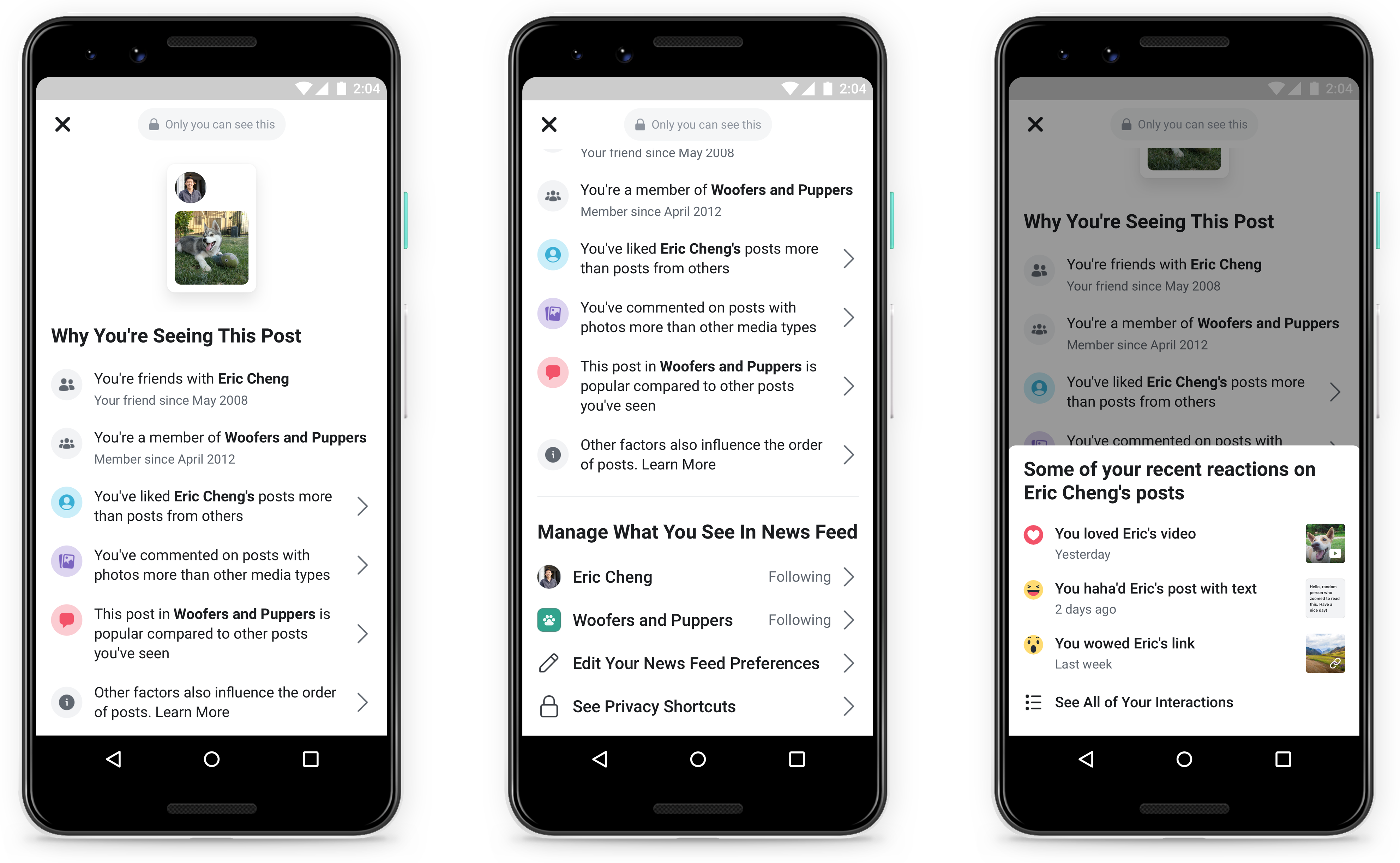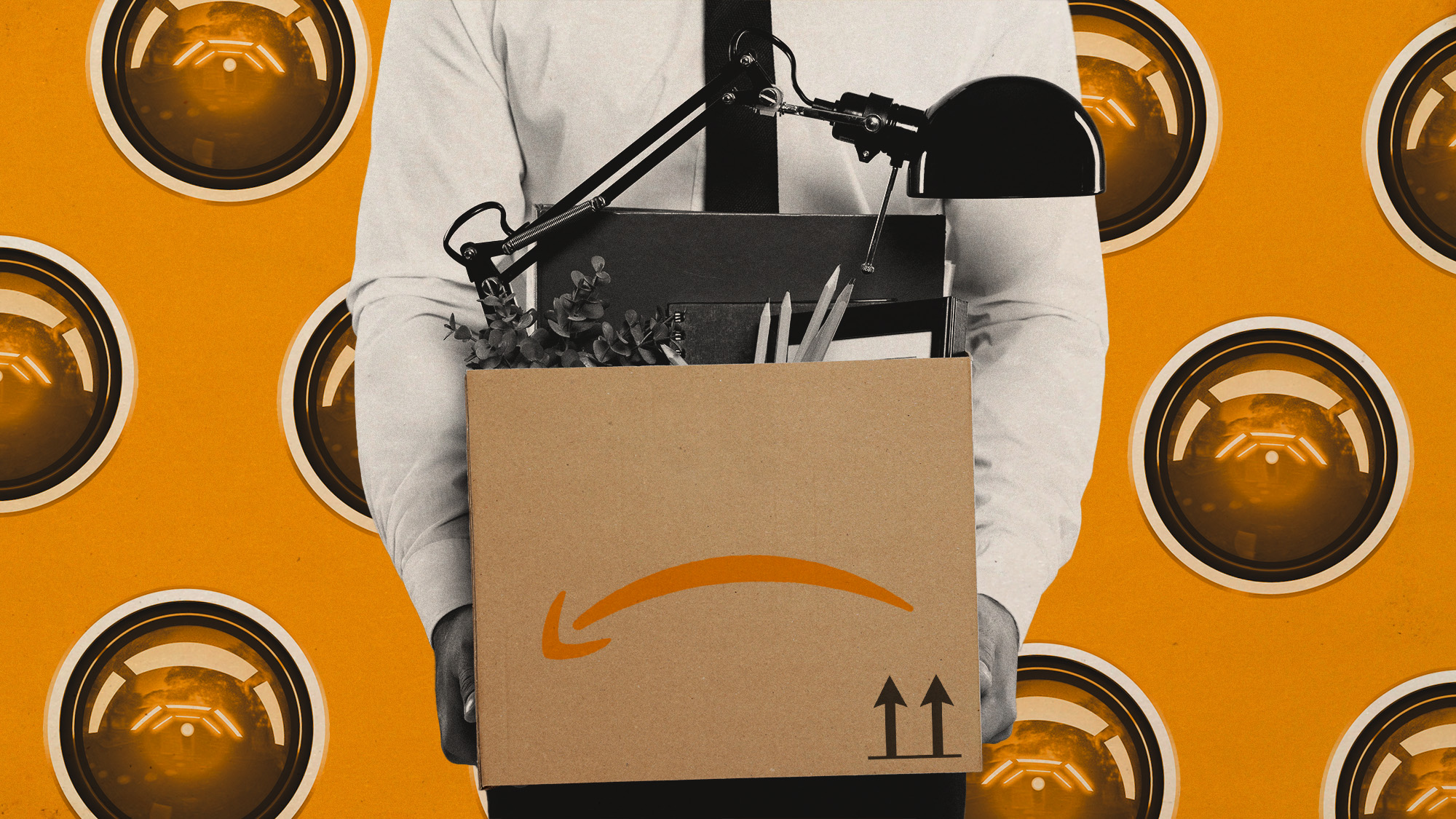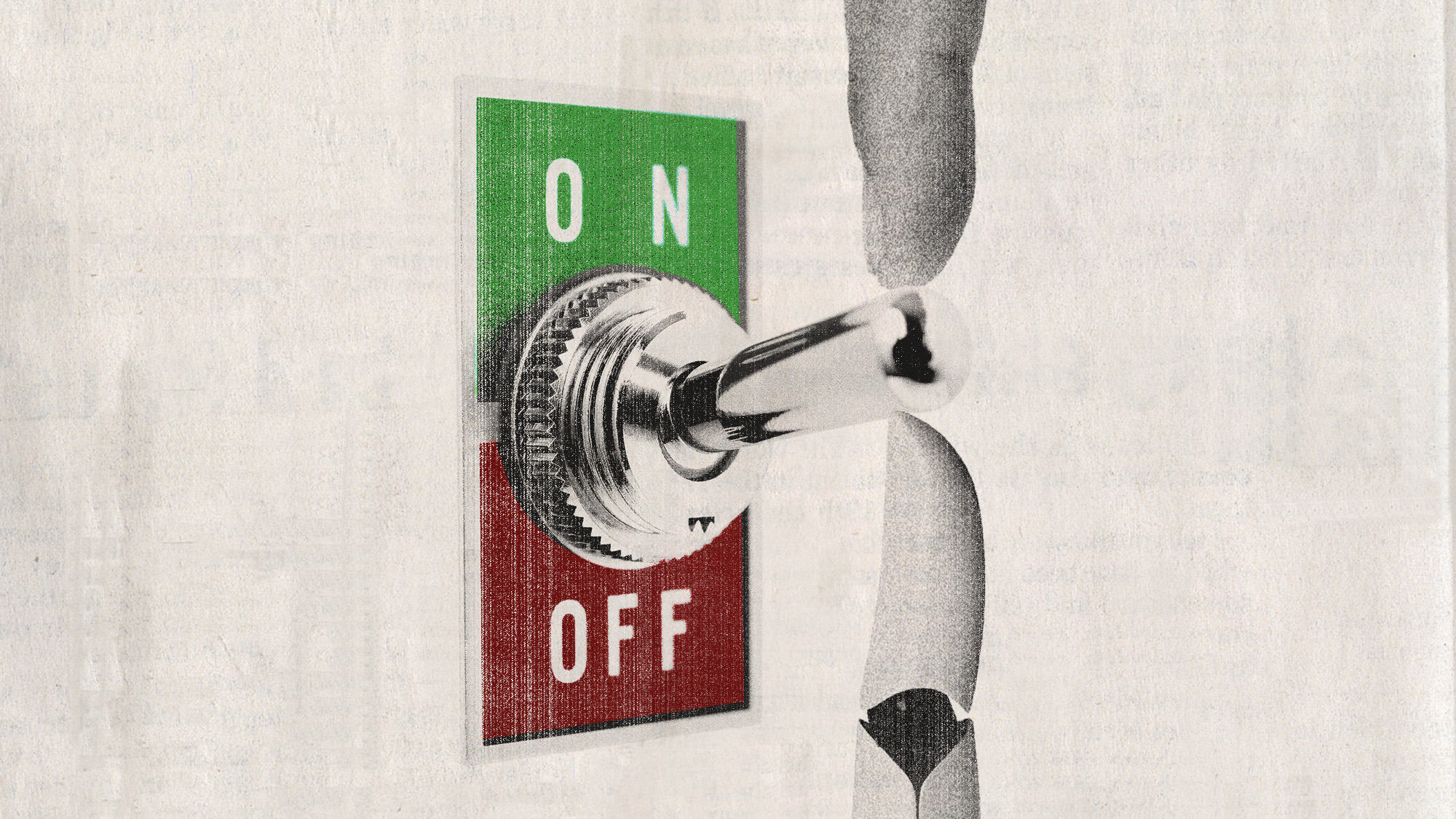How does Facebook’s News Feed work?
New feature shows users why they see certain posts and videos

Facebook has started disclosing how its secretive News Feed algorithm operates by offering its subscribers a new “Why am I seeing this post?” button.
The option – which is being trialled today with a small group of Facebook users before launching worldwide on 2 May – reveals why certain posts, pages and groups appear on our homepage, the BBC reports.
The tool provides insights such as: “you’ve commented on posts with photos more than other media types” and “you’ve liked [friend’s name] posts more than posts from others”, the broadcaster adds.
The Week
Escape your echo chamber. Get the facts behind the news, plus analysis from multiple perspectives.

Sign up for The Week's Free Newsletters
From our morning news briefing to a weekly Good News Newsletter, get the best of The Week delivered directly to your inbox.
From our morning news briefing to a weekly Good News Newsletter, get the best of The Week delivered directly to your inbox.
The feature offers “a rare window into the opaque world of Facebook’s content ranking algorithms”, which have been described by researchers as a “black box”, The Daily Telegraph reports.
The social media site’s algorithms have long a source of debate and scrutiny among tech experts and government officials.
In February, MPs released a damning report that described Facebook founder Mark Zuckerberg and his executives as “digital gangsters”. It accused the company of using its algorithms to spread “disinformation”, The Guardian reports.
It’s hoped that the introduction of the new “Why am I seeing this post?” feature will quell government concerns both in the UK and US.
A free daily email with the biggest news stories of the day – and the best features from TheWeek.com
What is a News Feed in Facebook?
It’s the term Facebook gives to its homepage. The information that fills a user’s News Feed is bespoke to the individual user and displays posts from friends, liked pages or social groups.
But it’s not just posts from known sources that appear on a person’s homepage. Facebook users will also see videos and adverts, as well as posts the social media giant thinks will be suited to their preferences.
How does Facebook’s News Feed work?
Facebook uses complex algorithms powered by artificial intelligence (AI) to decide “what to put at the top of your feed and what to put lower down”, The Telegraph says.
The algorithms analyse “thousands of pieces of information about each user’s behaviour and interests”, generating a series of predictions such as the probability that the user will like or comment on the recommended post, the paper says.
This is why News Feed is so controversial. It prioritises content, such as sensationalist articles, that will provoke “strong emotional reaction or fierce discussion”, it adds.
To some extent, the new “Why am I seeing this post?” feature will help explain how the algorithm works as it shows users a number of factors as to why they’re seeing a specific post.
It also gives subscribers options to alter the way their homepage works, notes The Verge. Users can, for example, press “See First” if they approve of a post, or “Unfollow” if they don’t want to see articles of a certain nature.
But the finer details of News Feed’s algorithms remain a mystery for now. Perhaps they will be unravelled when the full version of the new disclosure features launches early next month.
-
 Political cartoons for December 6
Political cartoons for December 6Cartoons Saturday’s political cartoons include a pardon for Hernandez, word of the year, and more
-
 Pakistan: Trump’s ‘favourite field marshal’ takes charge
Pakistan: Trump’s ‘favourite field marshal’ takes chargeIn the Spotlight Asim Munir’s control over all three branches of Pakistan’s military gives him ‘sweeping powers’ – and almost unlimited freedom to use them
-
 Codeword: December 6, 2025
Codeword: December 6, 2025The daily codeword puzzle from The Week
-
 Inside a Black community’s fight against Elon Musk’s supercomputer
Inside a Black community’s fight against Elon Musk’s supercomputerUnder the radar Pollution from Colossal looms over a small Southern town, potentially exacerbating health concerns
-
 Poems can force AI to reveal how to make nuclear weapons
Poems can force AI to reveal how to make nuclear weaponsUnder The Radar ‘Adversarial poems’ are convincing AI models to go beyond safety limits
-
 Spiralism is the new cult AI users are falling into
Spiralism is the new cult AI users are falling intoUnder the radar Technology is taking a turn
-
 AI agents: When bots browse the web
AI agents: When bots browse the webfeature Letting robots do the shopping
-
 Is AI to blame for recent job cuts?
Is AI to blame for recent job cuts?Today’s Big Question Numerous companies have called out AI for being the reason for the culling
-
 ‘Deskilling’: a dangerous side effect of AI use
‘Deskilling’: a dangerous side effect of AI useThe explainer Workers are increasingly reliant on the new technology
-
 AI models may be developing a ‘survival drive’
AI models may be developing a ‘survival drive’Under the radar Chatbots are refusing to shut down
-
 Saudi Arabia could become an AI focal point
Saudi Arabia could become an AI focal pointUnder the Radar A state-backed AI project hopes to rival China and the United States